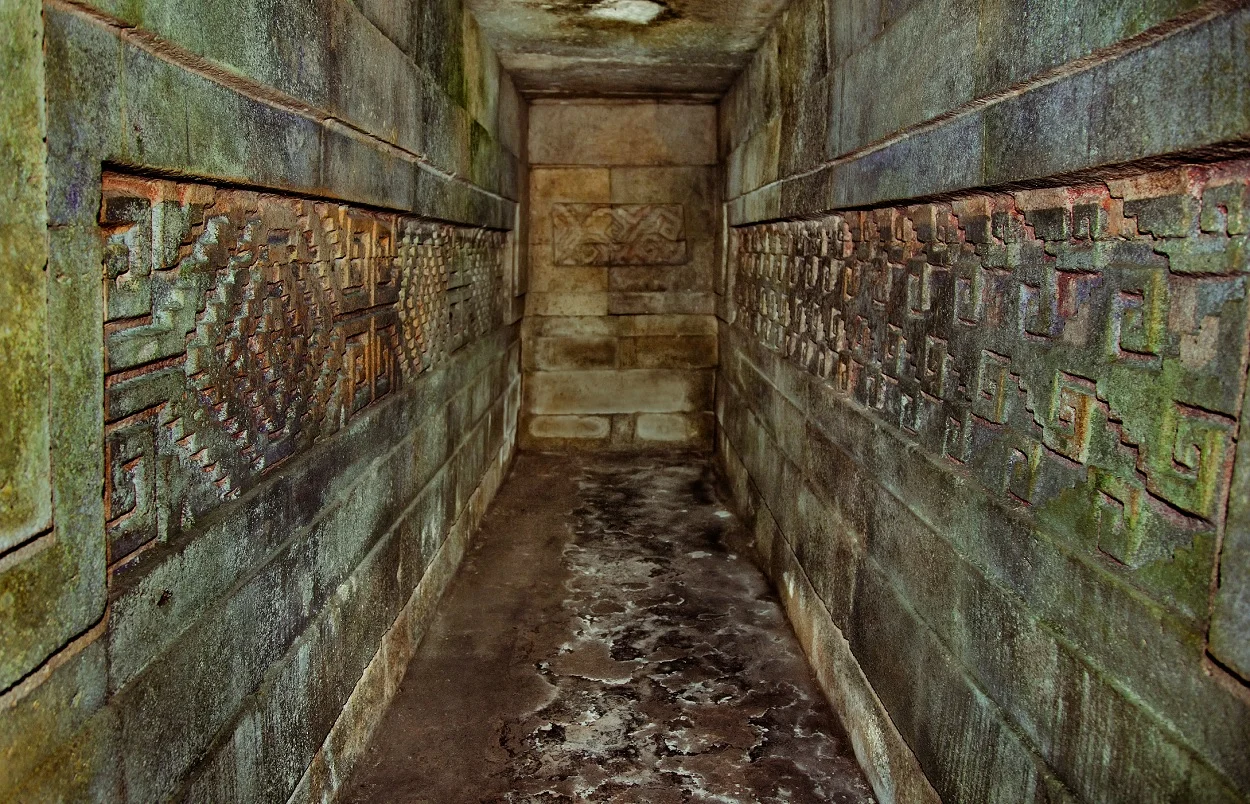The Mesoamerican site of Mitla was swallowed by a seismic landslide event, according to a new study by the Lyobaa Project.
Mitla, known as Mictlán in Nahuatl, means the “place of the dead” or “Underworld”. Mitla was established in Mexico’s Oaxaca Valley to serve as a burial complex for elites during the Classic Period (AD 100-650).
The site emerged as the primary religious centre of the Zapotec people, however, by around AD 1000, Mitla and the surrounding region was conquered by the Mixtec. As a result, the architectural elements of Mitla’s buildings reflect a blend of influences from both Mesoamerican cultures.
A recent geological study conducted by researchers from the National Institute of Anthropology and History, the National Autonomous University of Mexico, and the ARX Project Association, has uncovered evidence to suggest that Mitla was engulfed by a massive seismic landslide in the 15th century AD.
In a collaboration with INAH archaeologists, a geophysical study using ground penetrating radar was conducted within the Arroyo and the Adobe cluster group of structures. In parallel, researchers used seismic records of natural subsoil vibrations to obtain the resonance frequency and the underground velocity structure.
A researcher from the project told HeritageDaily “These parameters allow us to understand and predict the seismic amplification that can occur during an event of this type, and to establish, for safety and risk purposes, to which buildings are subject. It should be noted that San Pablo Villa de Mitla is located in the foothills of the Sierra Norte, in the far east of the Tlacolula Valley, a seismically active region.”
The analysis discovered that the subsoil in the Mitla area contains irregular layers composed of deposits and materials transported by a massive landslide event.
This confirms research by geologist Víctor Hugo Garduño Monroy, who suggested that the settlement area of Mitla was buried under a large deposit of rock avalanches sometime during the Postclassic period (AD 900-1520).
The study believes that a magnitude 6 or 7 earthquake likely caused the landslide, which is consistent with a reference in the Telleriano-Remensis Codex that recounts the ground violently shaking in AD 1495 in the Oaxaca Valley area.
The event must have been decisive in the decline and partial abandonment of Mitla prior to the arrival of the Spanish.
Header Image Credit : Mitla – Aleksandar Todorovic
Sources : INAH





